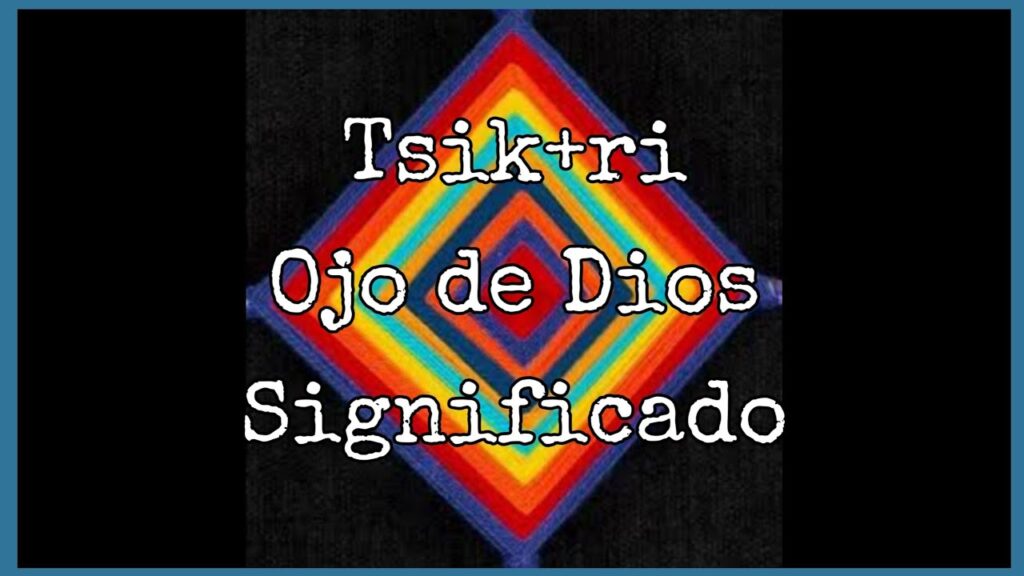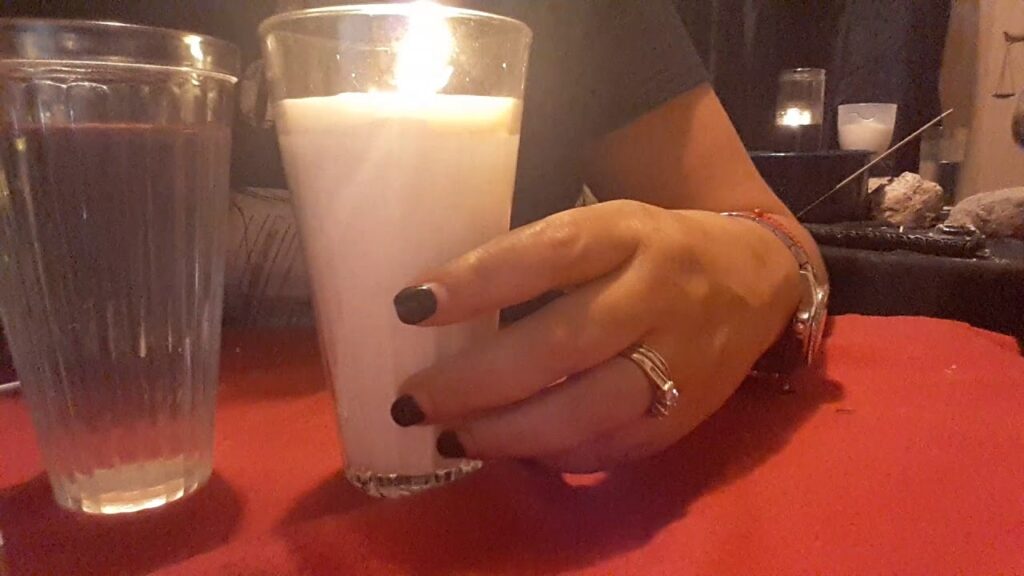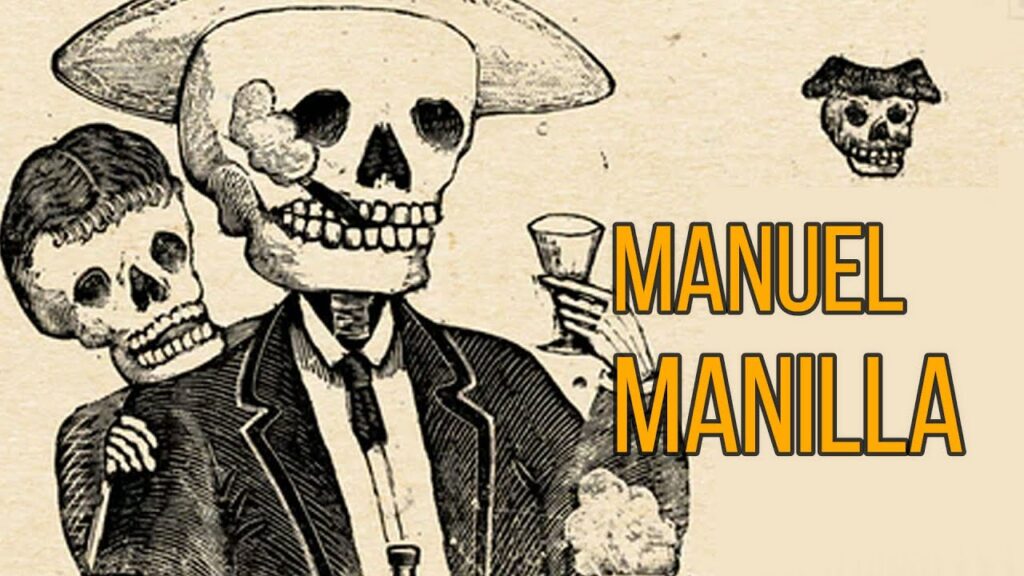Discover the Mystical “Ojo de Dios” – An Introduction to Wixárika Craftsmanship
When venturing into the heartlands of Mexico, amongst the vibrant culture and breathtaking landscapes, you will find an equally mesmerizing craft tradition known as the “Ojo de Dios” or God’s Eye. This ancient symbol, steeped in spiritual significance, is a testament to the rich cultural tapestry woven by the indigenous Wixárika people, more commonly referred to as the Huichol.
The creation of an Ojo de Dios is a deeply personal and devotional act, traditionally commencing at the birth of a child. The child’s father will craft the first eye, with additional layers added with each subsequent year. Each eye serves as a guardian, watching over the child as they navigate the journey of life, and every color and layer holds a specific meaning, symbolizing the intertwining of the earthly and the spiritual realms.
From the sun-baked haciendas in the Sierra Madre Mountains to the bustling markets of Mexico City, the Ojo de Dios is a symbol of aesthetic beauty and a physical representation of prayers and blessings. Wixárika artisans use wooden sticks as a frame, meticulously wrapping them with yarn or thread in intricate patterns and vivid colors to manifest their intentions and prayers into a tangible form.
For travelers and art enthusiasts alike, encountering the Ojo de Dios is an opportunity to connect with the Wixárika heritage and to understand the sacredness imbued in everyday items. The craft is not merely decorative; it is a focal point of cultural expression and spiritual connection that has been preserved and passed down through generations.
Tourists seeking a deeper experience can participate in workshops led by local artisans, allowing them to imbue their own energies and intentions into creating an Ojo de Dios. This immersive interaction not only supports the continuation of this beautiful art form but also gives visitors a unique and personal memento of their journey through the rich tapestry of Mexico’s cultural wonders.
The Deep Symbolism Behind the “Ojo de Dios” or “Tzicuri” in Wixárika Culture
The “Ojo de Dios” or “Tzicuri”, which translates to “God’s Eye”, holds profound significance within the Wixárika (Huichol) culture of western Mexico. These vibrant, intricately woven items are far more than just an aesthetic handcraft; they are a spiritual symbol deeply rooted in the Wixárika people’s belief system. Used in rituals and ceremonies, the Ojo de Dios is said to protect and watch over those who hold it, serving both as a tool for prayer and a guardian talisman.
Historically, the creation of an Ojo de Dios is a reverential process, often beginning at birth. A new Ojo de Dios is made for a child each year until they reach the age of five, with each addition representing a layer of protection and blessing for the child. The central eye, formed by crossing sticks, symbolizes the power to see and understand the unseen, while the woven designs and colors that radiate outward are indicative of the four cardinal directions: north, south, east, and west.
The colors chosen for the weaving are not random but are imbued with specific meanings. Blues are often used to represent the ocean, reds for life and the earth, yellows for corn and agriculture, and so on. As a person weaves an Ojo de Dios, they imbue each thread with prayers and well-wishes for health, long life, and prosperity. Through this meditative process, the weaver connects with the divine, and each piece becomes imbued with personal significance and spiritual energy.
During sacred Wixárika pilgrimages, Ojos de Dios are commonly seen as offerings at shrines and sacred sites. These pilgrimages are vital cultural journeys undertaken to connect with the gods and the land, and the Ojos de Dios act as a medium for communication with the spiritual world. Their presence during these journeys is a request for divine guidance and protection, thus deepening their spiritual significance within the Wixárika culture.
The Ojo de Dios is not only a spiritual emblem but a cultural icon that has gained recognition beyond Mexico’s borders. While its popularity as a craft project has grown, it’s essential to appreciate and respect the profound cultural and spiritual meanings behind each handcrafted piece. The intricate designs and vibrant colors encapsulate centuries of Wixárika traditions, wisdom, and a connection to the divine that continues to be an integral part of their cultural identity.
Creating Your Own “Ojo de Dios”: A Journey into Wixárika Traditions
The “Ojo de Dios” or God’s Eye is a spiritual and votive object made by the indigenous Wixárika (Huichol) people of western Mexico. For many travelers seeking a deeper understanding of Mexico’s rich cultural tapestry, engaging in the creation of an Ojo de Dios is a journey into the heart of Wixárika traditions, beliefs, and artistry. The intricate designs and vibrant colors of each Ojo de Dios hold significant meaning and are believed to offer protection, watch over the spiritual world, and connect with the divine.
Traditionally, the making of an Ojo de Dios would commence with the birth of a child. Each year, until the child reaches the age of five, a new layer of color is added to the eye, thereby marking the passage of time and the watchful guidance of the spirits. These symbolic creations are more than mere crafts; they are a woven testament to growth, life’s milestones, and the unseen forces that guide and protect us. Engaging in this tradition allows travelers to form a tangible connection with the transcendent philosophies of the Wixárika people.
Throughout Wixárika communities, the art of making these sacred objects is passed down from generation to generation. Using simple materials, such as yarn and wooden sticks, the Wixárika meticulously weave their stories and prayers into the Ojo de Dios. For visitors, workshops led by local artisans open a window into this cultural heritage, while hands-on experience in crafting their own Ojo de Dios serves as a memorable keepsake and a symbol of their journey.
The process of creating an Ojo de Dios is meditative and reflective. As visitors select the colors of yarn that resonate with them, they embark on an introspective path, considering the meanings each hue represents in Wixárika cosmology—blue for water and life, red for the Earth, yellow for the sun and maize, and so on. With each turn of the yarn, participants are encouraged to contemplate their own life journey, infusing the Ojo de Dios with personal significance and intention.
In addition to its spiritual aspects, the Ojo de Dios holds an aesthetic appeal that captures the imagination. Beyond its ceremonial usage, many individuals are drawn to its geometric beauty and use it as an ornamental piece in homes or as part of larger art installations. Engaging in the creation of an Ojo de Dios is thus an artistic adventure that blends the exploration of self with appreciation for the extraordinary craftsmanship that characterizes the Wixárika culture.
The Wixárika People and their Spiritual Craft: Understanding the “Ojo de Dios”
Embarking on a journey through Mexico’s rich tapestry of indigenous cultures, one cannot overlook the vibrant creativity and profound spirituality of the Wixárika people, more widely known as the Huichol. Residing in the Sierra Madre Mountains of Nayarit, Jalisco, Zacatecas, and Durango, the Wixárika are renowned for their intricate art and deep spiritual practices. A centerpiece of this cultural expression is the ‘Ojo de Dios’ or ‘Eye of God,’ a symbolic craft that represents the ability to see and understand the unseen aspects of the universe, providing protection and insight.
The ‘Ojo de Dios’ is more than just an objet d’art; it is a woven mandala, each created during significant rites of passage. Births, weddings, and spiritual ceremonies are all occasions where an ‘Ojo de Dios’ is crafted, with each color and layer embodying a specific meaning and prayer. The vibrant hues symbolize elements of nature such as water, earth, fire, and air, forming a visual language through which the Wixárika communicate their ancient wisdom and connect with the divine.
Intricately tied to their rituals and cosmology, learning about the ‘Ojo de Dios’ provides a window into the Wixárika’s worldview. These colorful talismans are believed to have the power to heal, protect, and guide the spirit. Creating an ‘Ojo de Dios’ is a meditative process, reflecting a physical manifestation of prayers to the deities revered by the Huichol people, thus reinforcing the harmonious relationship between the earthly and the spiritual realms in their culture.
Exploring the “Ojo de Dios”: A Must-Have Souvenir from Your Mexican Adventure
When it comes to bringing home a piece of culture from your travels, Mexico offers a wealth of traditional crafts that embody the vibrant essence of its people and their artistic flair. Among these, the “Ojo de Dios” or “God’s Eye” holds a special place. This mesmerizing craft, with its origins steeped in the mysticism of the indigenous Huichol people, represents the power of seeing and understanding the unseen. The weaving of colorful yarns across sticks is not only aesthetically pleasing but also a spiritual symbol that protects the one who holds it.
The traditional making of an “Ojo de Dios” is a heartfelt process. It begins with sticks crossed to form a base, representing the four cardinal points and the elements of earth, air, fire, and water. As the Huichol artisans weave, each color and layer imbues the eye with deeper meaning—a representation of the age of a person, a prayer, or a wish for protection. For travelers, sitting down with a local craftsman to learn the intricate patterns is a way of sharing stories and connecting with the soul of Mexico.
Each “Ojo de Dios” is unique, its intricate details telling a different tale. Bold hues of reds, blues, yellows, and purples often catch the eye of visitors, drawing them in with a silent call to participate in this cultural legacy. Whether hanging in a marketplace stall or being created before your eyes in a village square, the vivid spectacle invites admiration and a yearning to learn the stories interwoven in its threads.
Not just an ornamental piece, the “Ojo de Dios” holds a functional purpose in many Mexican homes. It’s believed to watch over the household, offering protection, prosperity, and health, especially when placed above the doorway or at an altar. For adventurers who take a piece of this tradition back home, it serves as a beacon of the spirit of Mexican culture, fostering a sense of connection across borders and honoring the ancient wisdom passed down through generations.
Collecting souvenirs might be commonplace for travelers, but taking home an “Ojo de Dios” is more than just obtaining a memento. It’s a participatory experience—a chance to delve into the living arts of Mexico and carry with you a symbol that encapsulates both personal memories and the universal human desire for protection and understanding. As you continue your journey through the vibrant landscapes and rich history of Mexico, this symbolic piece of craftsmanship will serve as a poignant reminder of your adventure in this magical land.



